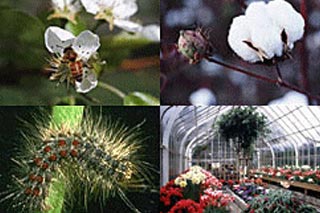from CNN:
Washington (CNN)The trade war with China has been particularly painful for American farmers, but a separate issue is currently straining their support for the administration: biofuel.
The leaders of 23 corn grower organizations sent a letter to President Donald Trump on Friday, arguing that his administration's biofuel waivers have reduced demand for their crops.
"Frustration in the countryside is growing," the letter reads.
In August, the Environmental Protection Agency granted 31 waivers to small refineries, temporarily exempting them from biofuel laws. The waivers free refineries from having to blend biofuels like ethanol into their gasoline.
Corn growers immediately voiced their concerns and Trump later tweeted that a "giant" ethanol package was in the works.
"The Farmers are going to be so happy when they see what we are doing for Ethanol," Trump tweeted.
But, a month later, they appear tired of waiting for the details to be finalized. In the letter, growers said that a rising number of ethanol plants are closing or reducing production, costing more than 2,700 jobs. If refineries are using fewer soybeans and corn, it drags down





/https://public-media.si-cdn.com/filer/1e/47/1e477fbb-4854-4938-91c3-d1fd1718ab31/img_0984.jpg)




















